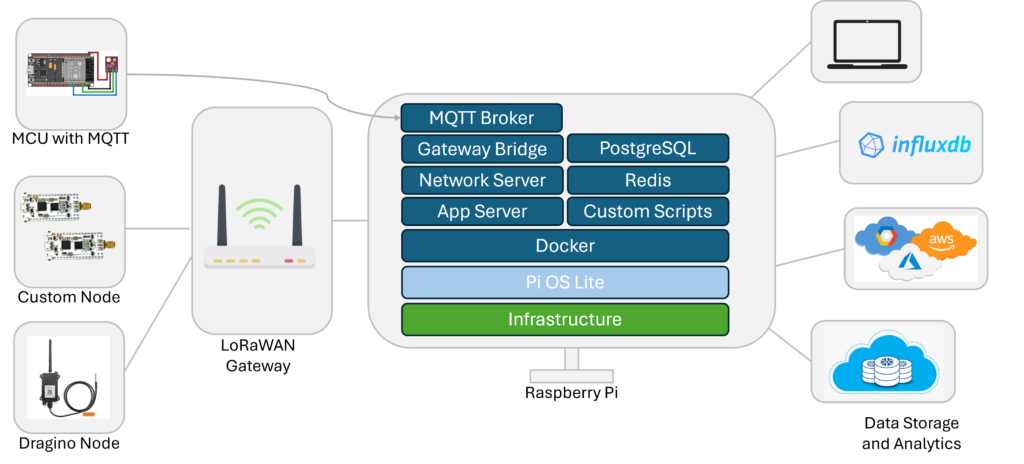
Vendor and Communications-Agnostic Secure Data Pipelines for Enhanced Situational Awareness
The Problem that the Multi-Sensor Data Fusion Capability Solves
Constrained environments need highly reliable and low-cost data collection solutions, but such a capability was not easily accessible. Enter Multi-Sensor Data Fusion, a secure data pipeline that has the ability to reliably transmit data without loss or corruption.
The Solution and the Purpose of the Multi-Sensor Data Fusion Capability
This capability is highly customizable to the customer, and the main purpose is to collect tactical data to suit customer requirements.
The Multi-Sensor Data Fusion capability accomplishes this through:
- Establishing and implementing end-to-end processing pipeline
- Reliably transmitting data without loss or corruption
- Processing data where and when appropriate
- Operating in a tactical edge, intermediate edge, and in the cloud
- Implementing necessary security protocols
- Customizing visualizations for ease of user interpretation
Benefits and Use Cases
The opportunities to effectively utilize the Multi-Sensor Data Fusion capability in constrained environments is endless. Below are some benefits and use cases.
- Remote Monitoring: Collect and process data for real time analytics on Defense Critical Infrastructure
- Utilize AI/ML: Ingest data and integrate with cloud-based AI/ML models for pattern recognition/anomaly detection
- Cloud Agnostic : Data can be sent and analyzed by specified endpoints without being limited to a single cloud provider
- Broad Industrial Use Cases: A robust pipeline design allows for easy integration with vastly different systems
The Multi-Sensor Data Fusion Capability Logistics
Within this Internet-connected capability, the following technologies are applied to meet unique customer requirements.
- Integrate legacy sensing devices with custom built solutions to meet use case requirements
- Leverage conventional and/or non-traditional wireless communication protocols (e.g., LoRaWAN, MQTT, etc.)
- Built on open-source software and industry standard hardware
- Employ cloud-native services when permissible, tailorable workload management at the edge
- Simplified dashboards for review of analyzed data


